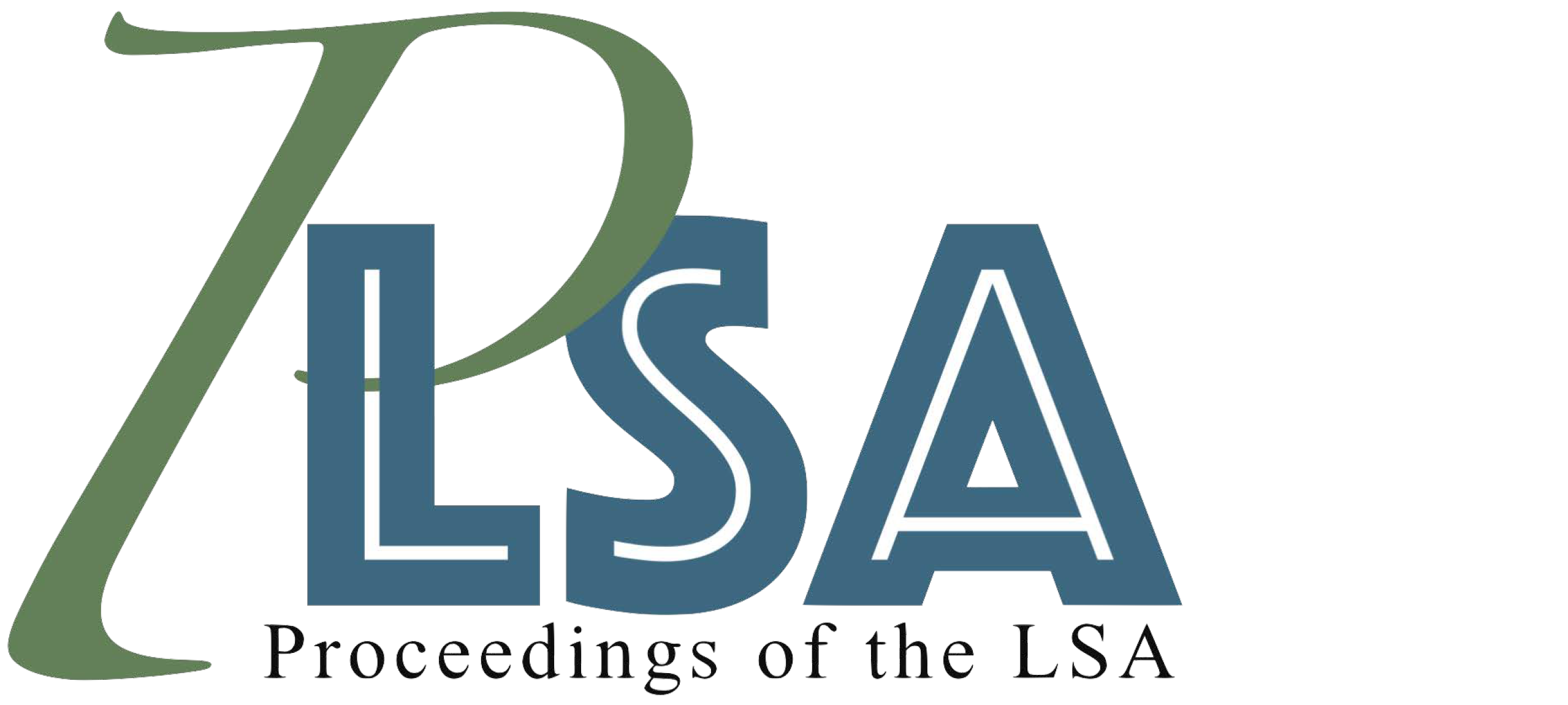The structural nature of non-structural case: On passivization and case in Lithuanian
DOI:
https://doi.org/10.3765/plsa.v3i1.4319Keywords:
dative case, Lithuanian, structural vs. non-structural case, passivesAbstract
Dative case on indirect objects (IO) in Lithuanian is preserved under passivization, which is not the case with dative direct objects (DO) of monotransitive verbs, suggesting that the two datives are not alike. Although DAT-to-NOM conversion is taken as an indicator of structural case, we show that DO datives behave differently from DOs bearing structural accusative in that the former exhibit inherent case properties as well (see also Anderson 2015). We develop an account for the contrast between the two datives by using two types of derivational mechanisms: structure-building features, triggering Merge, and probe features, triggering Agree (Heck & Müller 2007; Müller 2010). This study demonstrates that structural vs. non-structural conversion can be dependent on not only how case is assigned but also on the Voice system of a language (in line with Alexiadou et al. 2014). We argue that the DO dative in Lithuanian is in fact non-structural. Even though the result of DAT-to-NOM conversion is structural nominative case, the derivation is different from that of structural ACC-to-NOM conversion.Downloads
Published
2018-03-03
Issue
Section
Articles
License
Published by the LSA with permission of the author(s) under a CC BY 4.0 license.
How to Cite
Sigurðsson, Einar Freyr, Milena Sereikaite, and Marcel Pitteroff. 2018. “The Structural Nature of Non-Structural Case: On Passivization and Case in Lithuanian”. Proceedings of the Linguistic Society of America 3 (1): 31:1–15. https://doi.org/10.3765/plsa.v3i1.4319.
